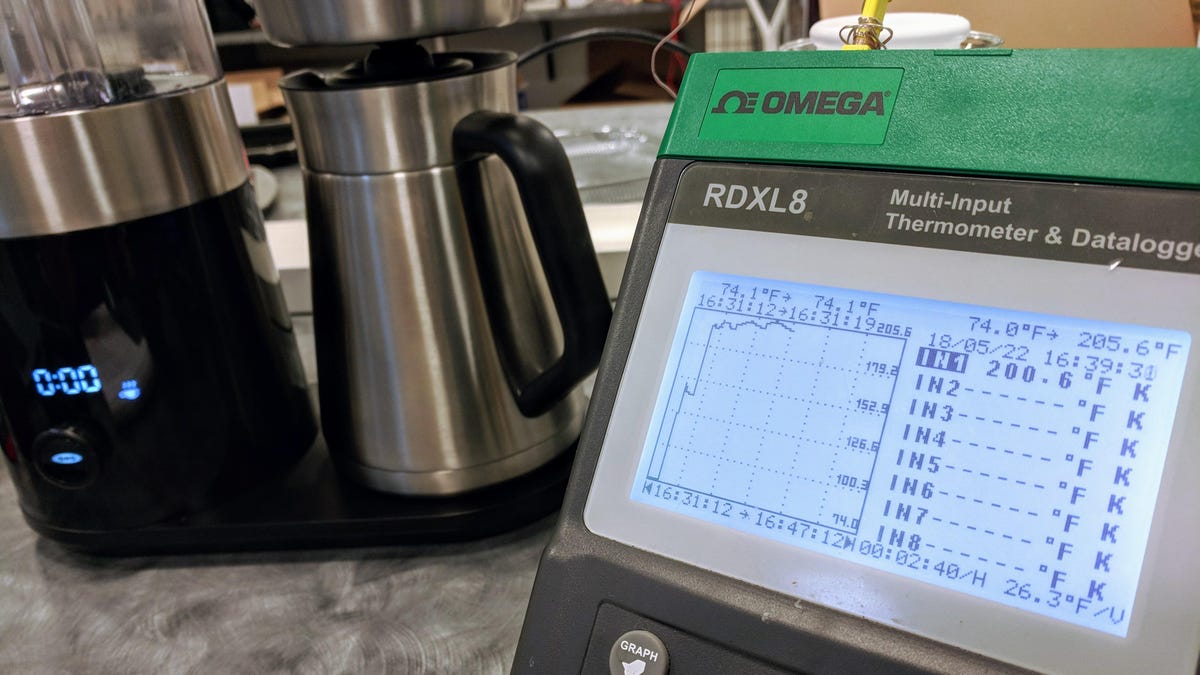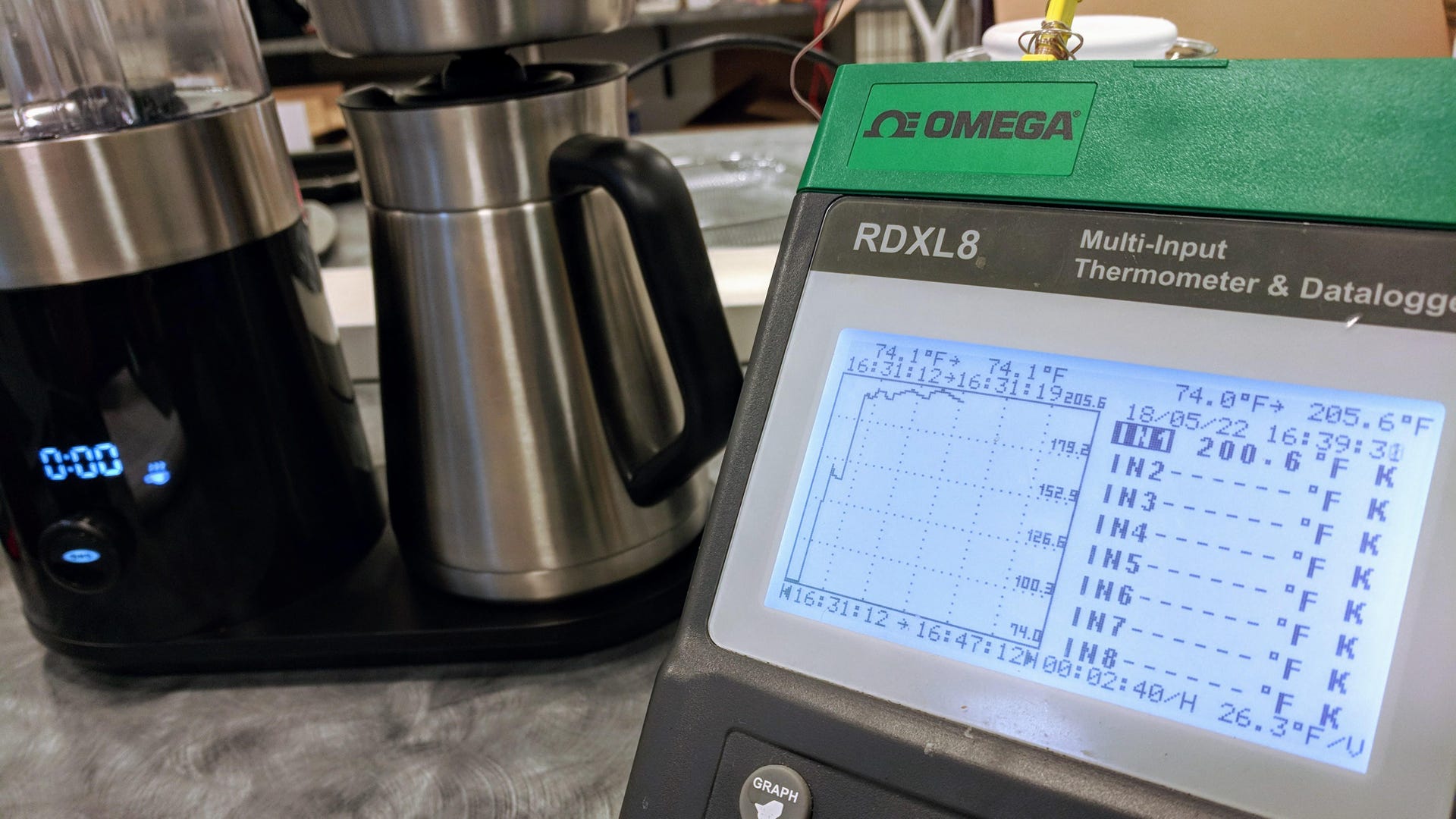Brewing a cup of coffee can either be really simple or really complicated (but fun in its own way). Ask coffee drinkers and they'll tell you. If you're been wanting to try your hand at tackling those coffee beans and brew cost-effective coffee at home -- especially when you compare it with regularly visiting your local Starbucks, Caribou or Dunkin' -- we've got you covered.
But evaluating the performance of a coffee maker -- and making the purchase -- is trickier than it might sound. We've tried and tested multiple coffee makers and rounded up a collection of the best coffee machines, knowing that these can pour a spot-on cup of java with ease. So, whether you're looking to brew your coffee hot or cold, manually or automatically, on a budget or without financial constraints, we've got an option for you on our list of best coffee makers for 2024.
Evaluating the performance of a coffee maker is trickier than it might sound. You need to know what good drip coffee is and, according to the Specialty Coffee Association, there are essential criteria for brewing well. Brewing time and water temperature top the list. Hot water should come into contact with grounds for no less than four minutes and no more than eight. The ideal water temperature range is between 197 degrees Fahrenheit (92 degrees Celsius) and 205 degrees Fahrenheit (96 degrees Celsius).
To see how well each coffee maker meets that challenge, we log the length of their brew cycles. We also employ thermocouple heat sensors connected to industrial-grade data loggers. That enables us to record the temperature within the coffee grounds while brewing is underway.

Enlarge Image

We measure the temperature inside the brewing chamber of every coffee maker we test.
Brian Bennett/CNETAfter brewing coffee, we take sample readings of the produced coffee liquid with an optical refractometer. Given that we factor in the amount of water and freshly ground coffee used, that data lets us calculate the Total Dissolved Solids percentage of each brew. From there we arrive at the extraction percentage. The ideal range is commonly thought to be between 18% and 20%.
We also back up measured data with a good old-fashioned taste test. Over-extracted coffee tastes bitter and sharp, while under-extracted coffee is usually weak or sour. To be certain, we brew identical test runs a minimum of three times to get a sense of the average results.